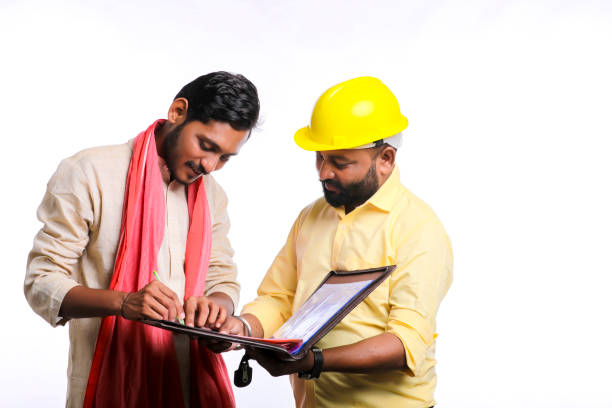The dream of owning a home is a significant milestone for many individuals and families. In India, the Pradhan Mantri Awas Yojana (PMAY) has emerged as a transformative initiative to make this dream a reality for countless citizens. This government scheme aims to provide affordable housing to urban and rural populations, ensuring every eligible citizen has a roof over their head. By leveraging this scheme, many have successfully reduced their financial burdens.
To fully utilise the benefits of this scheme, individuals should consider the option to PM awas yojana apply online. This process simplifies the application, ensuring more people can access the program’s benefits easily. This article explores the various benefits of the Pradhan Mantri Awas Yojana and how it can help lower EMI burdens, making homeownership more affordable for all.
Eligibility Criteria and Application Process
Applicants must meet specific eligibility criteria to take advantage of the PMAY scheme. These include being part of the Economically Weaker Section (EWS), Lower Income Group (LIG), or Middle Income Group (MIG). Additionally, the applicant or their immediate family should not own a pucca house in India. Anyone interested can apply online through the official website for the PM Awas Yojana; it’s a simple process. Necessary documents include proof of identity, income certificates, and property documents.
Reducing EMI Burdens through Subsidies
One of PMAY’s primary benefits is the credit-linked subsidy scheme (CLSS), which provides interest subsidies on home loans. By applying online, eligible beneficiaries can avail themselves of these subsidies, significantly lowering their home loan interest rates. This reduction in interest rates directly translates to lower EMIs, making homeownership more affordable. For instance, the scheme offers an interest subsidy of up to 6.5% for loans up to Rs. 6 lakh, with varying benefits for different income groups.
Long-term Financial Benefits
Participating in the PMAY scheme provides long-term financial benefits beyond just lower EMIs. The savings from reduced interest rates can be redirected towards other essential expenses or investments, improving overall economic health. Additionally, owning a home brings stability and can be a valuable asset for future generations. The scheme also encourages using eco-friendly materials and practices, promoting sustainable living and potentially reducing utility costs in the long run.
Impact on Social and Economic Well-being
Beyond financial advantages, PMAY profoundly impacts beneficiaries’ social and economic well-being. Access to affordable housing improves living conditions, enhances security, and boosts self-esteem. Construction and allied businesses gain employment, which promotes local economies. Furthermore, the focus on urban renewal and slum rehabilitation under PMAY-Urban contributes to developing well-planned and sustainable cities, fostering a better quality of life for all residents.
Promoting Inclusivity and Empowerment
Pradhan Mantri Awas Yojana also plays a crucial role in promoting inclusivity and empowerment among various demographics. Moreover, the scheme emphasises providing housing for women, Scheduled Castes (SC), Scheduled Tribes (ST), and other marginalised communities. By ensuring these groups have access to affordable housing, PMAY fosters more significant social equity and inclusivity. This empowerment enables beneficiaries to break free from the cycle of poverty, providing them with a stable foundation to build a better future. Women, in particular, benefit from the scheme’s provision that mandates female ownership or co-ownership of the house, enhancing their social status and financial independence.
The Pradhan Mantri Awas Yojana substantially reduces EMI burdens and makes homeownership more affordable. By choosing to PM awas yojana apply online, individuals can easily access these benefits and embark on the journey to owning a home. Prospective homeowners are encouraged to explore this opportunity and utilise the government’s efforts to provide affordable housing.



